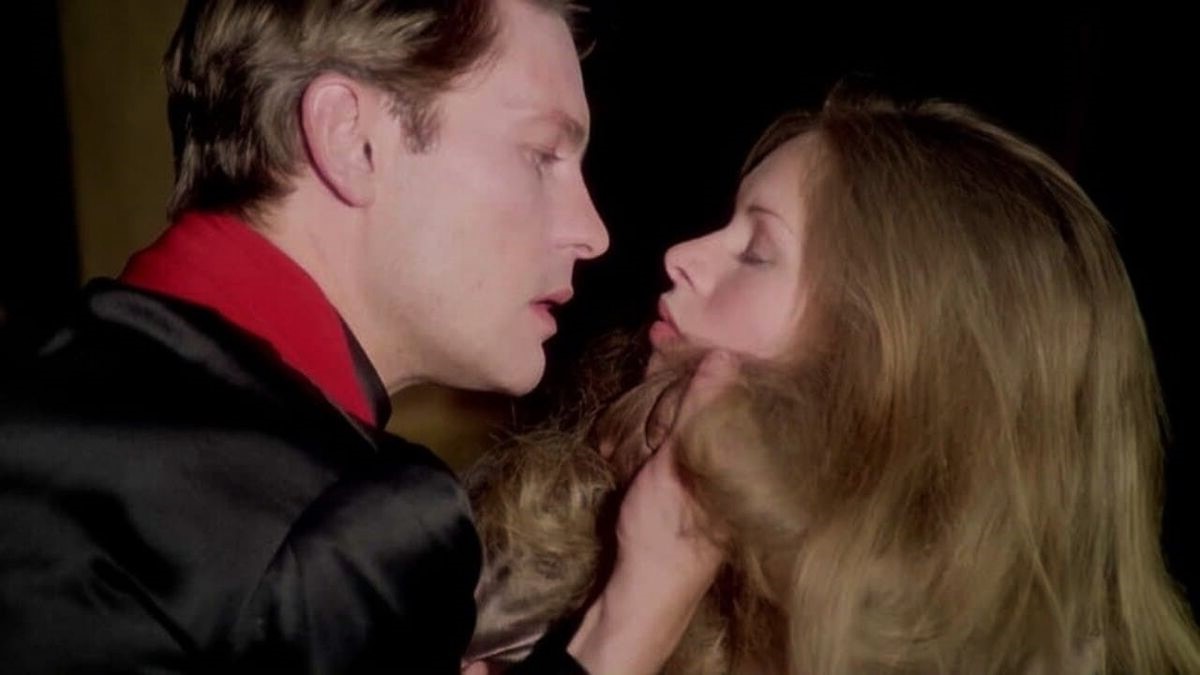
Salon Kitty was not your typical brothel. During World War II, it became a secret hub for espionage, blending the worlds of pleasure and intelligence. Nazi Germany transformed this Berlin establishment into a covert operation, where hidden microphones captured the conversations of high-ranking officials and foreign dignitaries. The mastermind behind this scheme was Reinhard Heydrich, a top Nazi official. He saw the potential in using the allure of Salon Kitty to gather crucial information. This unique blend of intrigue, danger, and seduction makes Salon Kitty a fascinating chapter in history. Ready to dive into 35 intriguing facts about this notorious establishment? Let’s get started!
Key Takeaways:
- Salon Kitty was a high-class brothel in Berlin used by the Nazis for espionage during World War II. The women there risked their lives to gather valuable information from influential clients.
- The brothel's operations were so secretive that even high-ranking Nazis were unaware of its true purpose. Despite its dark history, Salon Kitty has left a lasting impact on popular culture and historical studies.
The Origins of Salon Kitty
Salon Kitty was a high-class brothel in Berlin during World War II. It was used by the Nazi intelligence agency for espionage purposes.
- Salon Kitty was established in the early 1930s by a woman named Kitty Schmidt.
- Kitty Schmidt was a well-known madam in Berlin, running the brothel with a reputation for luxury and discretion.
- In 1939, Reinhard Heydrich, a high-ranking Nazi official, took over the brothel for espionage.
- The brothel was equipped with hidden microphones and recording devices to gather intelligence from clients.
- Clients included diplomats, military officers, and foreign dignitaries, making it a valuable source of information.
Espionage Operations
The brothel's primary function shifted from pleasure to intelligence gathering, with the Nazis using it to eavesdrop on conversations.
- Women working at Salon Kitty were carefully selected and trained in espionage techniques.
- They were instructed to extract information from clients without arousing suspicion.
- The brothel's rooms were bugged, and conversations were recorded and analyzed by Nazi intelligence.
- Information gathered at Salon Kitty was used to blackmail and manipulate high-profile individuals.
- The operation was so secretive that even some high-ranking Nazis were unaware of its true purpose.
The Women of Salon Kitty
The women who worked at Salon Kitty played a crucial role in the espionage operations, often risking their lives.
- Many of the women were recruited from concentration camps and given a choice between working at the brothel or facing execution.
- They underwent rigorous training in seduction, conversation, and intelligence gathering.
- Some women were sympathetic to the Nazi cause, while others were coerced into cooperation.
- Despite the dangers, some women managed to gather valuable information that helped the Allies.
- After the war, many of the women faced stigma and ostracism for their involvement with the brothel.
High-Profile Clients
Salon Kitty's clientele included some of the most influential figures of the time, making it a goldmine for intelligence.
- Italian dictator Benito Mussolini was rumored to have visited the brothel.
- Japanese diplomats and military officers were frequent clients.
- High-ranking Nazi officials, including Heinrich Himmler, were known to visit Salon Kitty.
- The brothel also attracted wealthy businessmen and industrialists.
- Some clients were unaware of the brothel's true purpose and unknowingly provided valuable information.
The Downfall of Salon Kitty
The operation at Salon Kitty eventually came to an end as the war progressed and the Allies gained the upper hand.
- In 1942, a British air raid damaged the building, disrupting the brothel's operations.
- The Nazis attempted to relocate the brothel, but it never regained its former prominence.
- As the war turned against Germany, the focus shifted away from espionage operations like Salon Kitty.
- Many of the women working at the brothel were arrested or executed as the Nazis tried to cover their tracks.
- After the war, the building was repurposed and the brothel's history was largely forgotten.
Legacy and Cultural Impact
Despite its dark history, Salon Kitty has left a lasting impact on popular culture and historical studies.
- The story of Salon Kitty was the inspiration for the 1976 film "Salon Kitty," directed by Tinto Brass.
- The film depicted the brothel's espionage operations and the lives of the women who worked there.
- Salon Kitty has been the subject of numerous books and documentaries exploring its history.
- Historians continue to study Salon Kitty as an example of the intersection between sex work and espionage.
- The brothel's story serves as a reminder of the lengths to which the Nazis went to gather intelligence.
Lesser-Known Facts
There are many lesser-known aspects of Salon Kitty that add depth to its intriguing history.
- Some of the women working at Salon Kitty were double agents, providing information to both the Nazis and the Allies.
- The brothel's operations were overseen by Walter Schellenberg, a senior SS officer.
- Salon Kitty was one of several brothels used by the Nazis for espionage, but it was the most famous.
- The brothel's clients were often unaware that their conversations were being recorded.
- Salon Kitty's history was kept secret for many years, only coming to light after the war.
Final Glimpse into Salon Kitty
Salon Kitty's story is a mix of intrigue, espionage, and human drama. This Berlin brothel, used by the Nazis during World War II, became a hub for gathering intelligence. The madam, Kitty Schmidt, played a pivotal role, navigating the dangerous waters of Nazi politics while trying to protect her girls. The brothel's clients included high-ranking officials, making it a goldmine for secrets.
The operation's end came when Allied forces bombed Berlin, leaving Salon Kitty in ruins. Yet, its legacy lives on, a testament to the bizarre lengths regimes will go for power. From its inception to its dramatic end, Salon Kitty remains a fascinating chapter in history. It reminds us of the complex interplay between power, secrecy, and survival. This tale, though dark, offers valuable lessons about the human condition and the extremes of wartime espionage.
Frequently Asked Questions
Was this page helpful?
Our commitment to delivering trustworthy and engaging content is at the heart of what we do. Each fact on our site is contributed by real users like you, bringing a wealth of diverse insights and information. To ensure the highest standards of accuracy and reliability, our dedicated editors meticulously review each submission. This process guarantees that the facts we share are not only fascinating but also credible. Trust in our commitment to quality and authenticity as you explore and learn with us.


